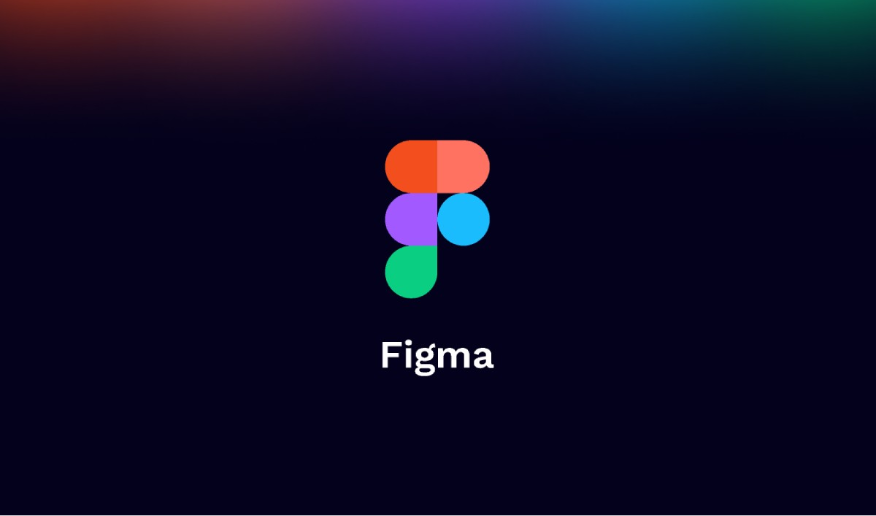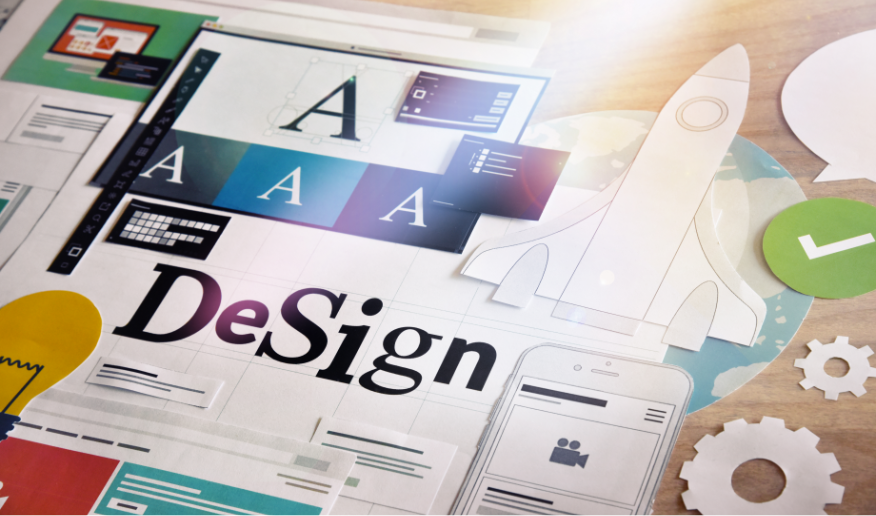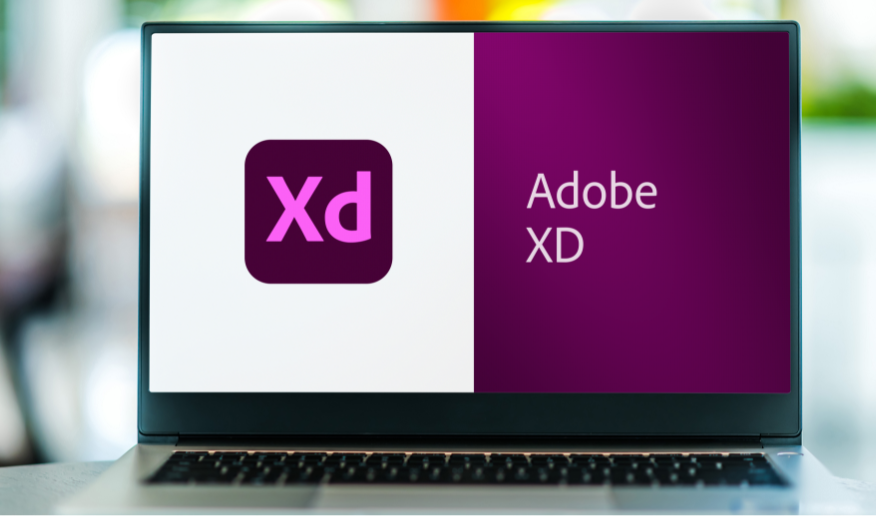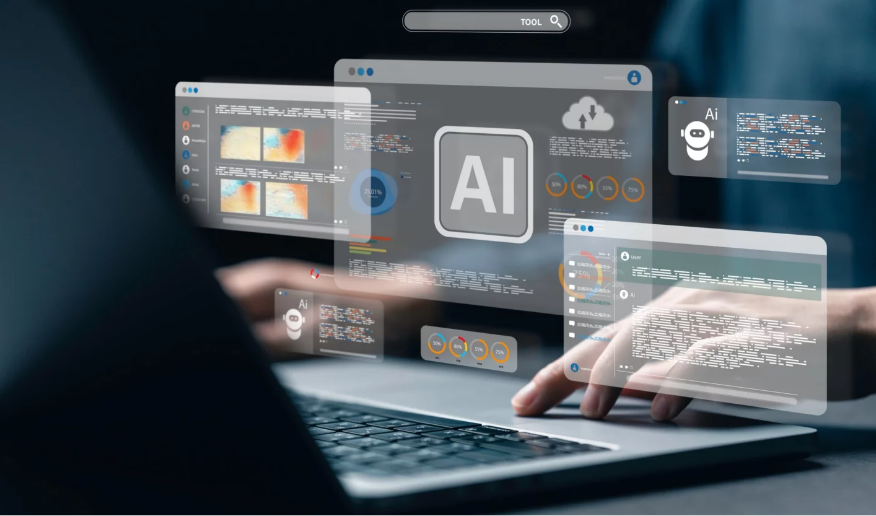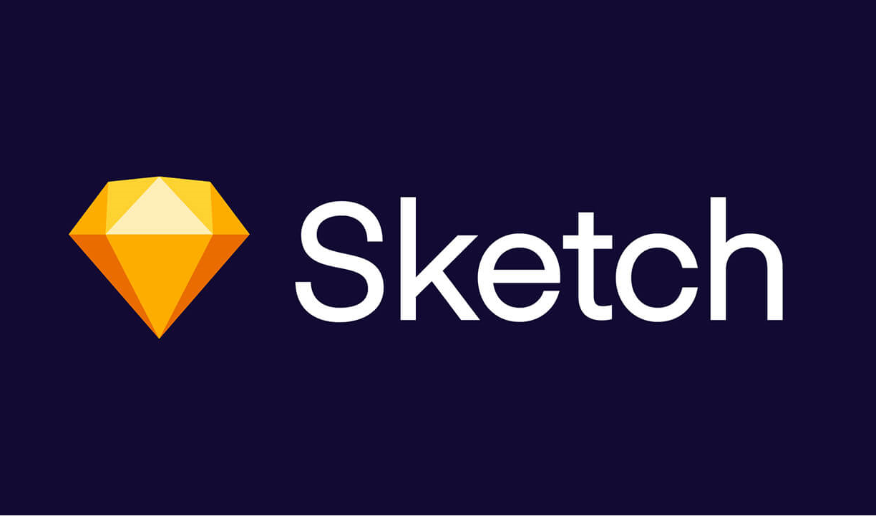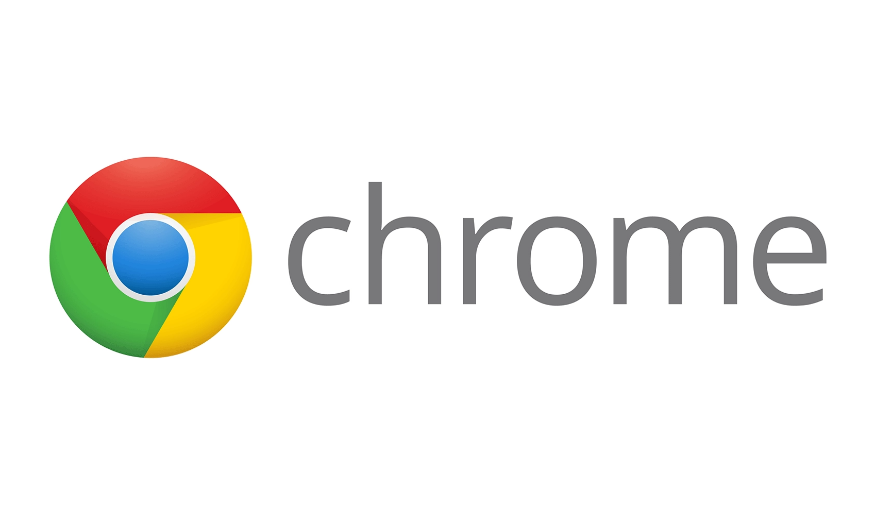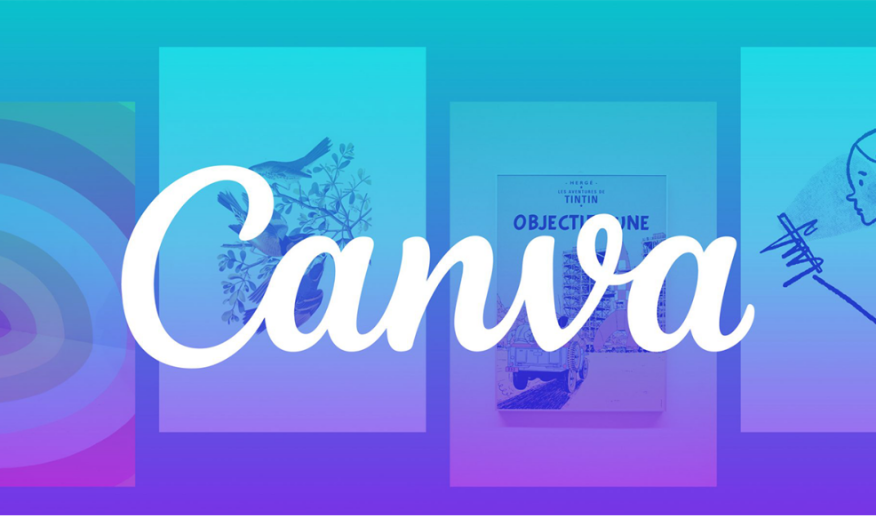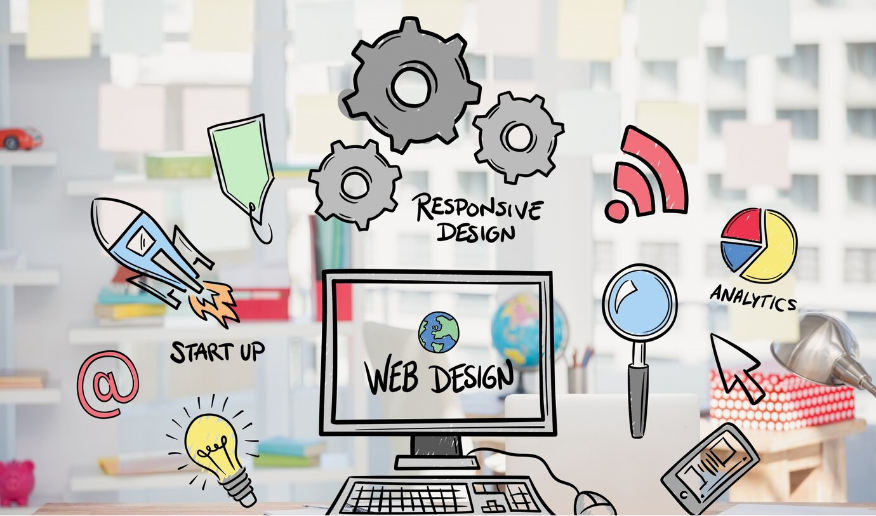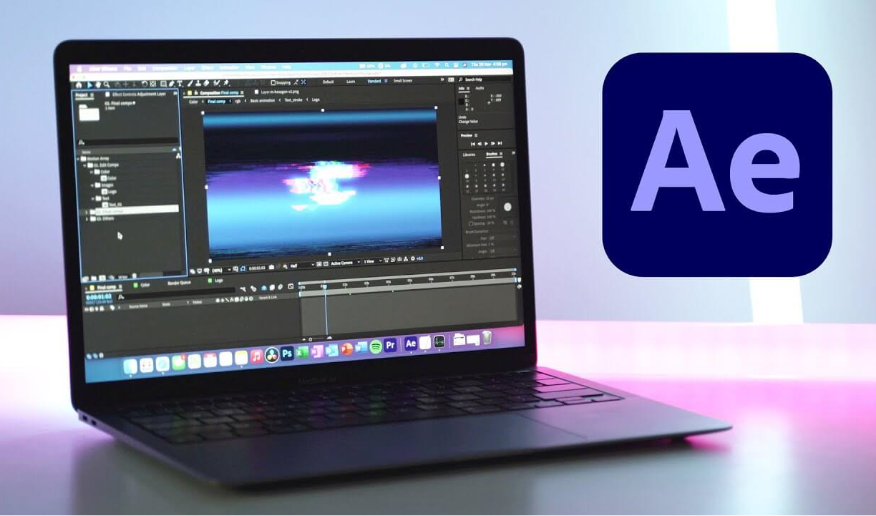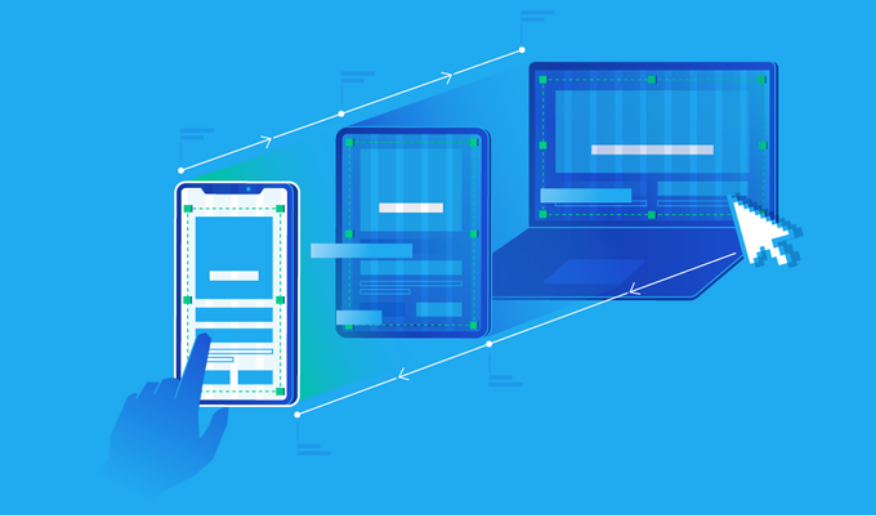

Utilizing Figma for Collaborative Web Design
Figma stands at the forefront of
collaborative web design, offering a plethora of features to streamline
teamwork and enhance productivity. Here's an in-depth exploration of leveraging
Figma for effective collaboration:
Real-time Collaboration: Figma's real-time
editing capabilities enable team members to work simultaneously on projects,
fostering seamless collaboration regardless of geographic locations.
Design System Creation: With Figma,
designers can create and maintain comprehensive design systems, ensuring
consistency across projects and facilitating efficient design workflows.
Feedback Gathering: Utilize Figma's
commenting and annotation features to gather feedback directly within the
design interface. This facilitates clear communication and streamlines the
feedback loop, leading to faster iterations and improved design outcomes.
In addition to these core functionalities,
employing best practices is essential for maximizing the benefits of Figma in
team projects.
Establish Clear Guidelines: Define roles,
responsibilities, and project guidelines to ensure everyone understands their
tasks and contributes effectively.
Version Control: Utilize Figma's version
history feature to track changes and revert to previous iterations if needed,
maintaining project integrity and minimizing errors.
Regular Sync-ups: Schedule regular meetings
or check-ins to discuss progress, address concerns, and align on design
decisions, promoting transparency and teamwork.
By harnessing Figma's collaborative
features and implementing best practices, teams can effectively manage
projects, maintain consistency, and deliver exceptional web designs.
